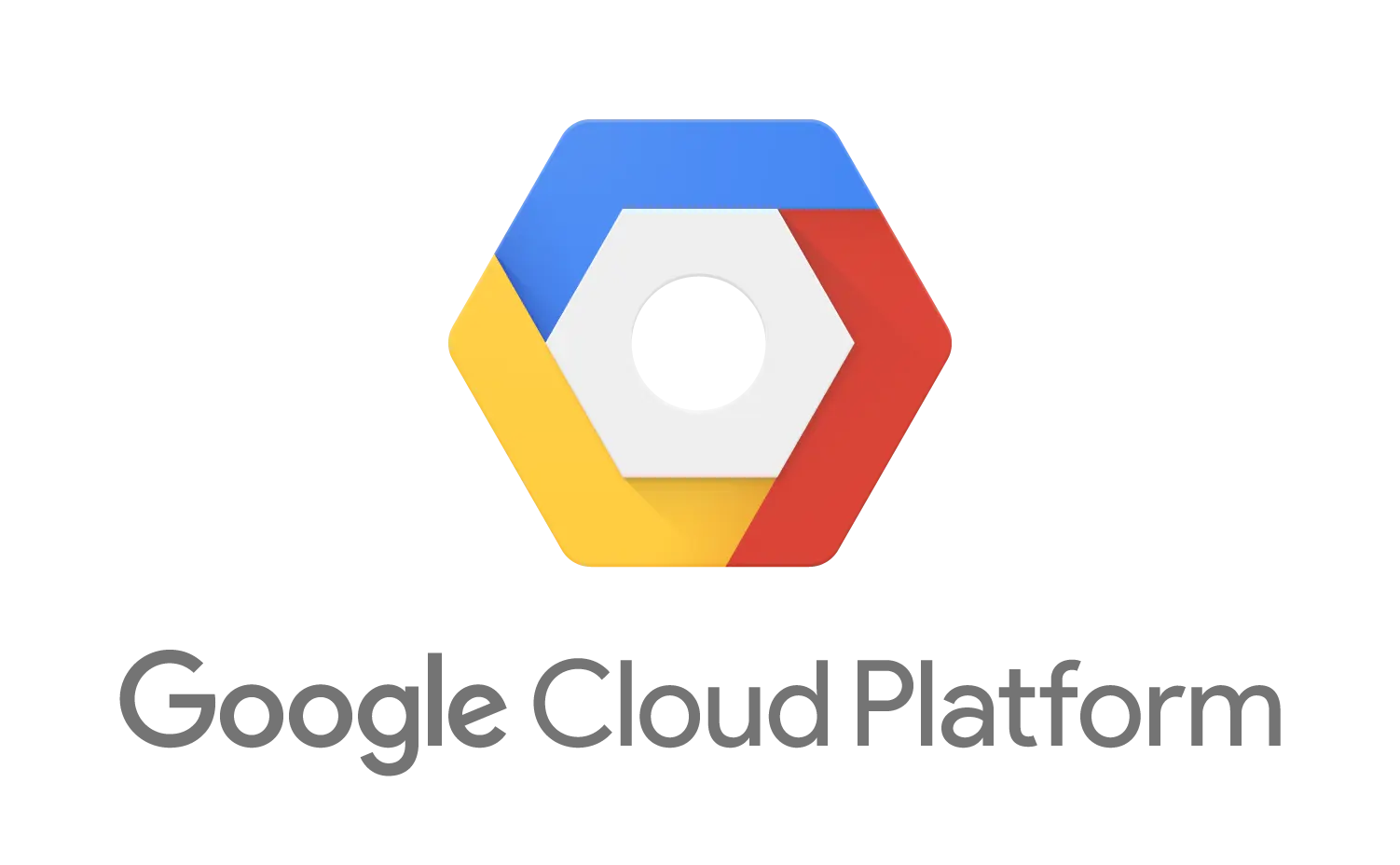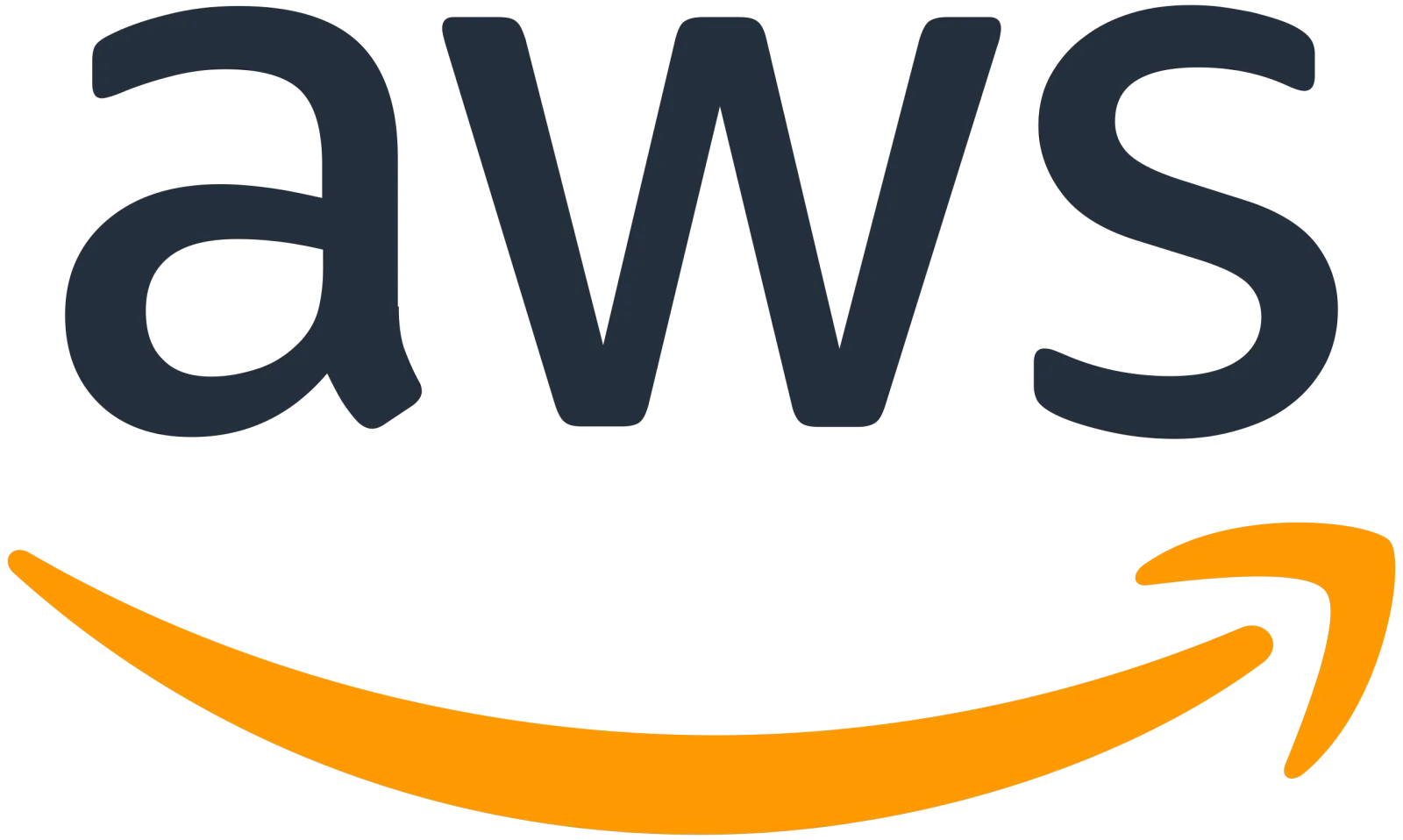Comparing Cloud Platforms for Application Development & CI/CD: AWS, GCP, Azure, with GitHub Actions
Choosing the right cloud platform necessitates a meticulous understanding of the features each brings to the table, particularly in application development and continuous integration/continuous deployment (CI/CD). AWS, GCP, Azure, and now, GitHub Actions, have established themselves as strong contenders. This article will provide an in-depth look into specific services from each, aiming to facilitate your decision-making process.
| Features |  |
 |
 |
|---|---|---|---|
| Database | Firestore | Amazon RDS | Cosmos DB |
| Serverless Containers | Cloud Run | AWS Fargate | Azure Kubernetes Service (AKS) |
| Container Registries | Container Registry | Amazon ECR | Azure Container Registry |
| Secrets | Secret Manager | AWS Secrets Manager | Azure Key Vault |
| Security | Cloud IAM | AWS IAM | Azure AD |
| VPC Service Controls | Amazon VPC | Azure Virtual Network | |
| CI/CD Tools | Cloud Build | AWS CodePipeline | Azure DevOps |
1. Application Development
AWS
- ECS (Elastic Container Service):A scalable container management service supporting Docker containers. It integrates seamlessly with other AWS services for a complete application stack.
- Lambda: AWS’s serverless compute platform responds to events automatically. It’s known for its low operational complexity and cost efficiency.
- DocumentDB: AWS's managed MongoDB-compatible database ideal for modern applications, offering compatibility, scalability, and security.
GCP
- Cloud Run: A fully managed compute platform for containerized applications. It offers seamless scaling based on traffic, ensuring optimized costs.
- Cloud Functions: GCP’s serverless solution for single-purpose functions, significant for microservices architecture.
- Firestore: GCP's NoSQL cloud database excels in real-time updates and offers robust offline support.
Azure
- Azure Container Instances (ACI): Provides rapid container deployment without VM management. It’s an excellent choice for burst compute workloads.
- Azure Functions: Azure’s event-driven serverless service supports a plethora of languages and integrates with Azure’s vast ecosystem.
- CosmosDB: A globally distributed database service from Azure, ensuring latency guarantees and multiple consistency models.
2. Continuous Integration and Continuous Deployment (CI/CD)
AWS
- Elastic Container Registry (ECR): AWS’s Docker container registry facilitates Docker image storage, management, and deployment. Its deep integration with ECS makes container management smoother.
- Lambda: With CI/CD integrations, Lambda automates deployments, enhancing release processes and reducing manual interventions.
GCP
- Artifact Registry Manages and secures software artifacts. It supports Docker and language-native formats, aiding in the consistency of builds.
- Cloud Run & Cloud Functions: They provide built-in CI/CD capabilities, offering comprehensive, automated deployment strategies.
Azure
- Azure Functions & ACI: With native CI/CD capabilities, they integrate effortlessly with Azure DevOps Services, streamlining the deployment pipeline.
GitHub Actions
- Automated Workflows: Enables CI/CD directly from your GitHub repository. Define workflows using simple YAML syntax and execute a series of commands after specific triggers.
- Matrix Builds: Run tests on multiple versions or configurations simultaneously. This reduces the testing time and ensures application compatibility.
Key Considerations When Choosing a Platform
- Integration with Existing Tools: Ensure seamless integration with your current toolset. The chosen platform should not disrupt but rather enhance the workflow, potentially simplifying or optimizing existing processes.
- Scalability: Investigate how each platform handles growth. While all platforms boast scalability, their methods and associated costs may vary, affecting long-term strategies.
- Pricing: Anticipate your usage patterns and associated costs. It's essential to understand current costs and how price structures might evolve with your scaling needs.
- Support and Community: Evaluate the breadth of official support and community resources. While official support is vital for mission-critical applications, an active community can offer unique insights and solutions.
- Geographical Coverage: Examine network reach and data center locations. Catering to a global audience may require a platform with a widespread network to ensure data residency and low-latency access.
- Learning Curve: Ease of onboarding can influence project timelines. Familiarity with platform-specific terminologies and practices is crucial, as it can significantly impact the speed of deployment and overall productivity.
Conclusion
In the realm of cloud services, AWS, GCP, Azure, and GitHub Actions each present a compelling suite of tools and services. Their individual strengths cater to diverse organizational needs and development paradigms. By diving deep into what each platform offers and aligning it with your organization's goals, you can lay a foundation for robust, agile, and innovative solutions. Your platform choice will play a pivotal role in your developmental trajectory, shaping the solutions you develop and how you achieve them.



